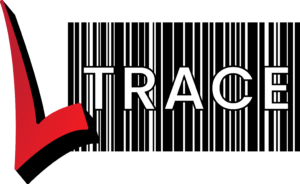Place
Stage 3: Closing the loop in theatre
One or more PCs in theatre or wards
Process
- CSSD: The processes within CSSD are the same as in stage 2.
- Usage: By adding one (or more) PCs into the theatre area (either in the theatres or in an administrative area) the responsibility of scanning the patient records is passed onto the theatre.
As the benefits of patient traceability are directly applicable to theatre this is viewed as a good idea. As items are used the labels would be placed on a patient sheet. These would then be scanned in using the PC with the scanner. This also allows costs to be tracked to a surgery, surgeon or patient. Costs can be minimised by using a wired scanner. A blue-tooth scanner provides minimal clutter and the freedom to move away from the PC when scanning the barcodes.
Receipt of items
Optionally it is possible to scan items as they are received into an area. This means that it is very simple to determine if an item is available in the theatre.
Traceability
- Item to sterilisation batch: Yes
- Item to patient: Yes
- Item to next patient: No
- CJD patient traceability: No
Benefits
- Theatre can ensure that the information is recorded. There is no paperwork moving back to CSSD.
- Theatre has access to the reports including what items were used by a patient.
- A patient report can optionally be printed if a hard copy is required for the patient’s notes.
- If items are scanned as they are received into theatre then it is very easy to determine what should be available.
- L-Trace licenses are reduced to encourage tracking in as many locations as possible.
Comments
Technically this is available as an extension of stage 1 or 2.
